Palmitoyl Tripeptide-5
- CAS NO.:623172-56-5
- Empirical Formula: C35H66F3N5O7
- Molecular Weight: 725.94
- MDL number: MFCD16621111
- EINECS: 200-798-2
- SAFETY DATA SHEET (SDS)
- Update Date: 2025-06-10 13:08:57
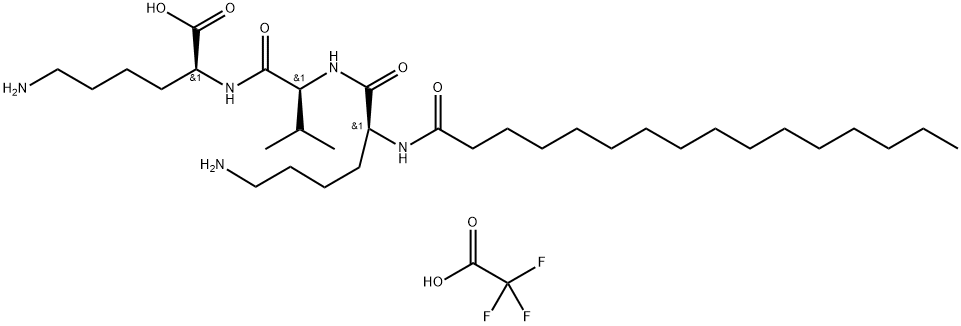
What is Palmitoyl Tripeptide-5?
Description
Palmitoyl tripeptide-5 is a synthetic peptide and consists of 3 chains of amino acids link together with fatty acids. Palmitoyl tripeptide can enter epidermis and can penetrate deep into the dermis, where it can help to stimulate collagen production and helps to grow healthy tissue growth.
Description
Palmitoyl tripeptide-5 is a cosmeceutical peptide.
The Uses of Palmitoyl Tripeptide-5
Palmitoyl Tripeptide-5 is made up of chains of amino acids and can penetrate the epidermis and enter deep into the dermis, where may help to stimulate collagen production and healthy tissue growth.
What are the applications of Application
Palmitoyl Tripeptide-5 is a component of cell transduction, and promotes the production of collagen. It is commonly used in anti-aging and anti-wrinkle cosmetics.
Definition
Palmitoyl tripeptide-5 is a Thrombospondin I (TSP-1) fragment presenting the sequence N-(1-oxohexadecyl)-L-lysyl-L-valyl-L-lysine. Palmitoyl tripeptide-5 was used in a cosmetic ingredient mix from a raw material supplier, containing spent grain wax and conjugated linoleic acid (CLA), to reduce skin redness in type I rosacea. This peptide has been used in patented cosmetic formulations for sensitive skin. Palmitoyl tripeptide-5 is used in anti-aging cosmetic products due to its ability to reduce MMP'S, promote the synthesis of type I and type II collagen from extracellular matrix, and inhibit melanin production by reducing tyrosinase activity[1].
Benefits
Palmitoyl Tripeptide-5 is super repairing multi-peptide, comprehensivelyimprove skin appearance due to aging from defenseto activation of cell of epidermis,basement membraneand corium layer, e.g.stretch marks, acne marks andscar due to laser, etc.Improve firmness, sofeness andelasticity of skin, long-lasting atin-aging. Winkeypatented product in China.Its recommended dosage is 1~5%.
Mechanism of action
Palmitoyl tripeptide-5 acts on the specific skin receptors and stimulates the production of collagen in our skin cells. It firms our skin, reduces the appearance of wrinkles and fine-lines. It makes your skin look healthier and fresh.Palmitoyl Tripeptide-5 also interact with hyaluronic acid and elastin production system. The combine effect is increased water content, reduce wrinkling of skin and enhance the firmness of skin.
Safety
Palmitoyl Tripeptide-5 is a new ingredient and there are few researchers on it. But according to skincare specialist, Palmitoyl Tripeptide-5 is safe to use on any skin. It can’t react to your skin. There are no reported issue of any toxicity, allergy, sensitivity and hormone disruption. If you have a sensitive skin, you may react to anti-aging creams. You common skin reactions are redness, itching, stinging at the site of application.
References
[1] Resende, Diana I. S. P, et al. "Usage of Synthetic Peptides in Cosmetics for Sensitive Skin." Pharmaceuticals (Basel) (2021).
Properties of Palmitoyl Tripeptide-5
| storage temp. | under inert gas (nitrogen or Argon) at 2–8 °C |
| solubility | DMF: 30mg/mL; DMSO: 30mg/mL; Ethanol: 30mg/mL; Ethanol:PBS (pH 7.2) (1:3): 0.25mg/mL |
| form | A crystalline solid |
Safety information for Palmitoyl Tripeptide-5
Computed Descriptors for Palmitoyl Tripeptide-5
| InChIKey | BSPABZINJHASIV-PRQXCCHZNA-N |
| SMILES | C(F)(F)(F)C(=O)O.[C@@H](CCCCN)(NC(=O)CCCCCCCCCCCCCCC)C(=O)N[C@@H](C(C)C)C(=O)N[C@H](C(=O)O)CCCCN |&1:7,34,41,r| |
New Products
Indole Methyl Resin tert-butyl 9-methoxy-3-azaspiro[5.5]undecane-3-carboxylate Boc-His(Boc)-OH 2-CTC Resin 4-Chloro-7-tosy1-7Hpyrrolo[2,3-d]pyrimidine 5,7-Dibromo-1H-indole 2,5-dichloro-N-hydroxy-4,6-dimethylpyridine-3-carboximidamide 2,2-Dimethoxy-7-azaspiro[3.5]nonane hydrochloride 4-chloromethyl-5-methyl-1,3-dioxol-2-one (DMDO-Cl) R-2-BENZYLOXY PROPIONIC ACID 1,1’-CARBONYLDIIMIDAZOLE 1,1’-CARBONYLDI (1,2-4 TRIAZOLE) N-METHYL INDAZOLE-3-CARBOXYLIC ACID 4-((2-hydroxyethyl)thio)benzoic acid 1-(TERT-BUTOXYCARBONYL)-2-PYRROLIDINONE Methyl 6-methylnicotinate 3-Pyridineacrylic acid tert-Butyl carbazate TETRAHYDRO-2H-PYRAN-3-OL 2-((4-morpholinophenylamino) (methylthio) methylene) malononitrile 3-(4-morpholinophenylamino)-5-amino-1H-pyrazole-4-carbonitrile 2,4-dihydroxybenzaldehyde 1,3-Diethyl-1,3-Diphenylurea Methyl 2-methylquinoline-6-carboxylateRelated products of tetrahydrofuran




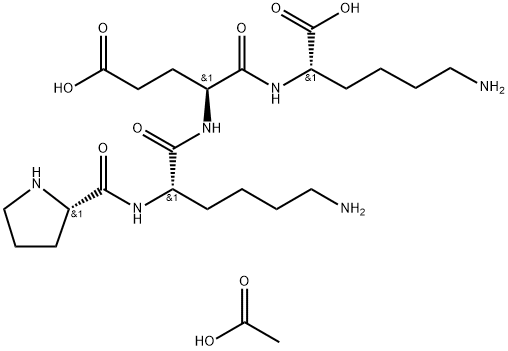
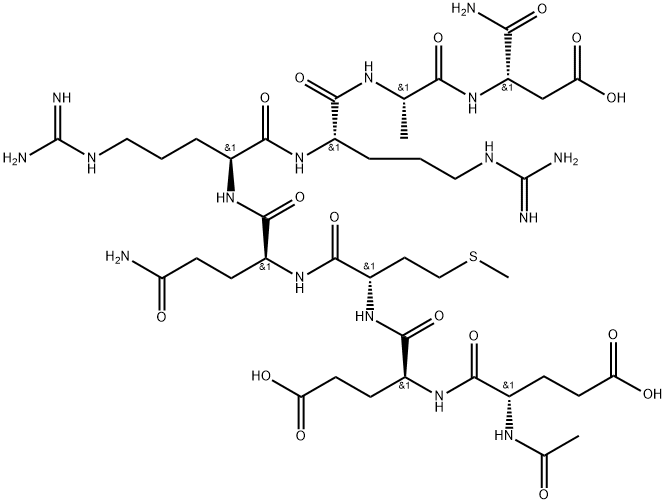
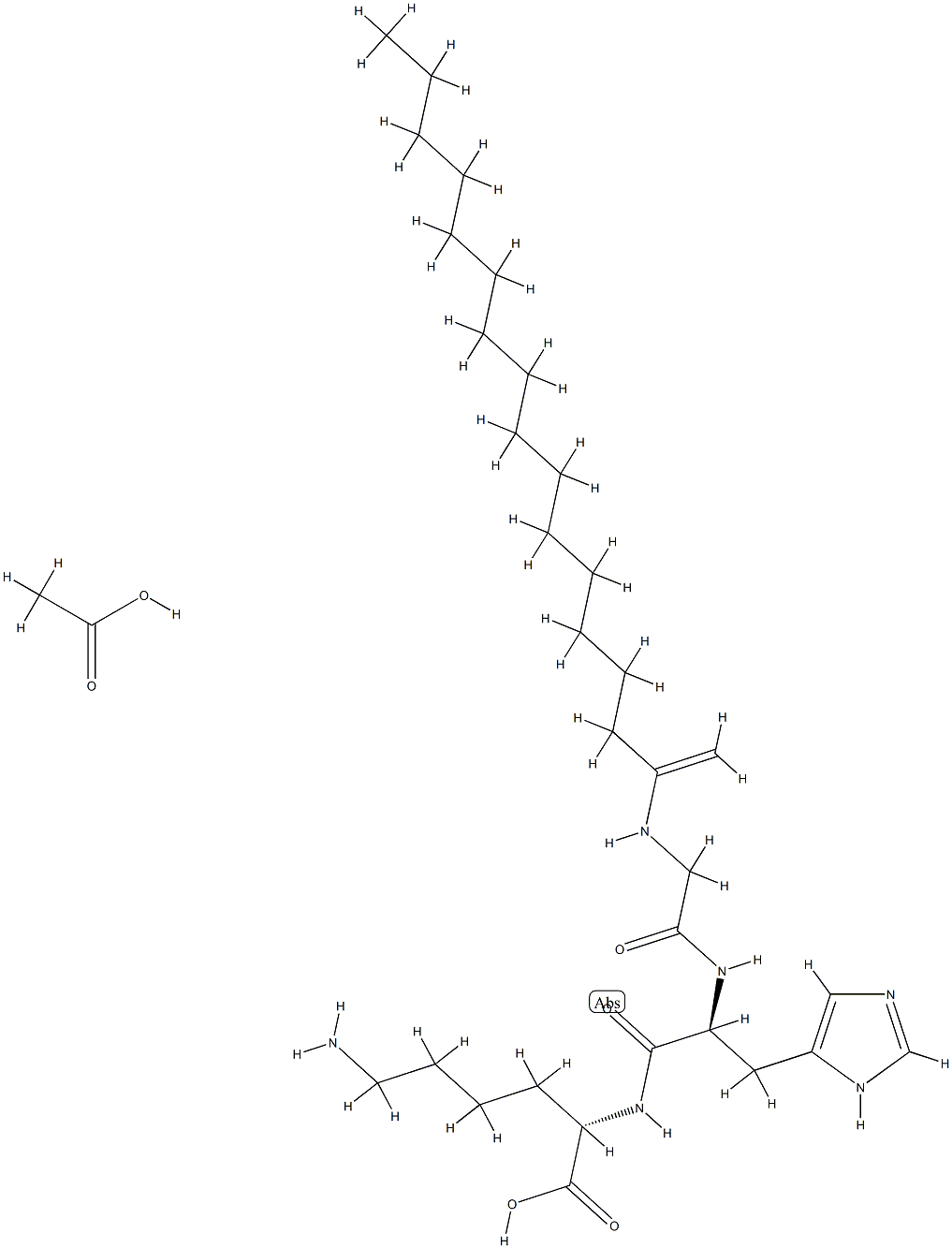

You may like
-
 Pyridine 99.5% HPLC /UV SpectroscopyView Details
Pyridine 99.5% HPLC /UV SpectroscopyView Details
110-86-1 -
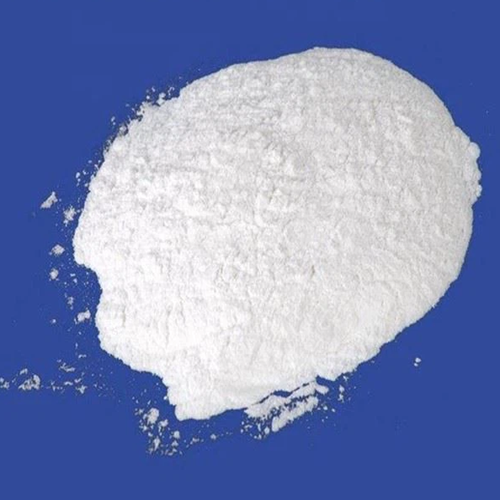 Guanine , 99%View Details
Guanine , 99%View Details
73-40-5 -
 Piperazine Spot supply, best priceView Details
Piperazine Spot supply, best priceView Details
110-85-0 -
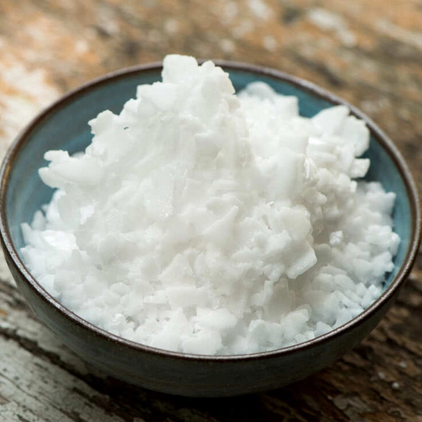 Potassium Hydroxide 90%View Details
Potassium Hydroxide 90%View Details
1310-58-3 -
 Dibutyl PhthalateView Details
Dibutyl PhthalateView Details
84-74-2 -
 Imidazole Spot supply, competitive priceView Details
Imidazole Spot supply, competitive priceView Details
288-32-4 -
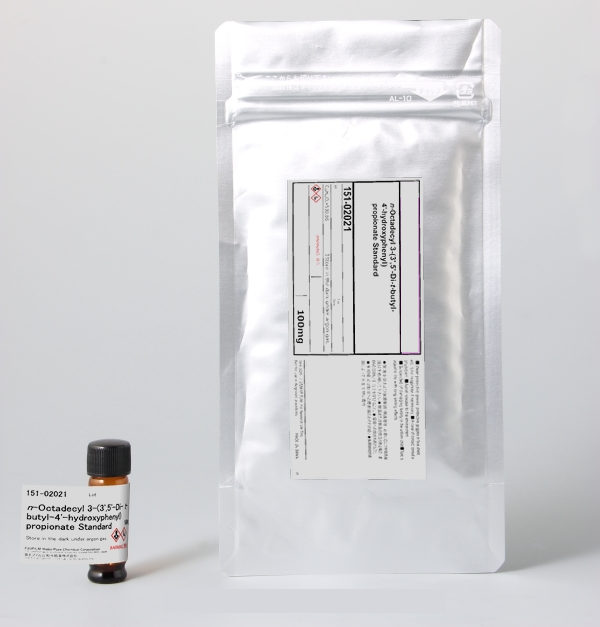 Octadecyl 3-(3,5-di-tert-butyl-4-hydroxyphenyl)propionate 98% (GC)View Details
Octadecyl 3-(3,5-di-tert-butyl-4-hydroxyphenyl)propionate 98% (GC)View Details
2082-79-3 -
 Thiourea 99% ARView Details
Thiourea 99% ARView Details
62-56-6
